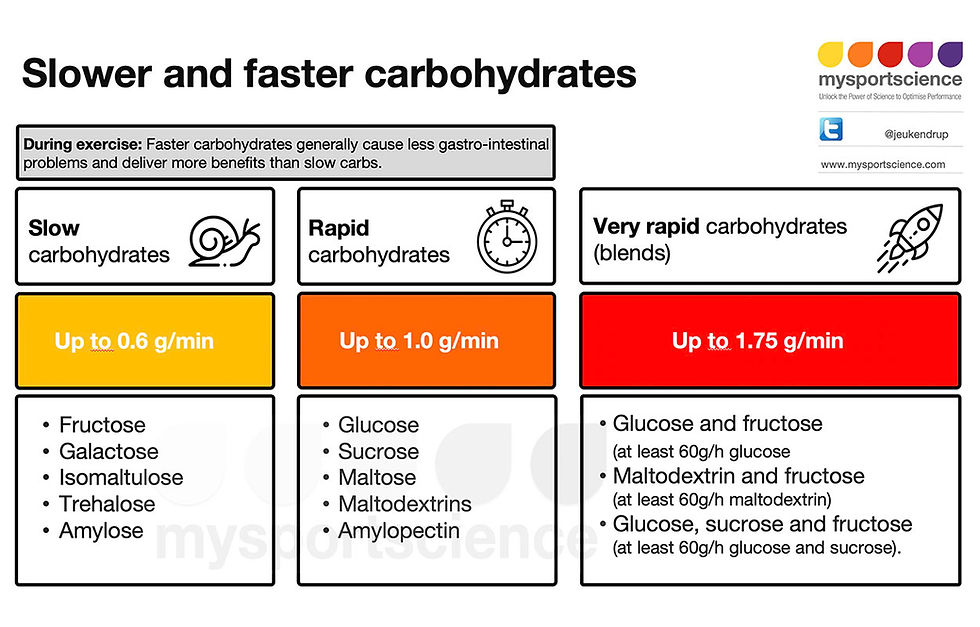
Legumes and Blood Sugar Control: The Slow Carb Secret
Legumes such as beans, lentils, chickpeas, and peas are among the most studied and consistently beneficial foods for metabolic health. They are a cornerstone of many traditional diets and a key element in the nutritional patterns of populations with lower rates of chronic disease. What makes legumes remarkable is their ability to stabilize blood sugar, support heart health, and improve long term metabolic function.
While refined carbohydrates cause rapid spikes in blood glucose and insulin, legumes digest slowly and release energy gradually. This property makes them one of the most effective foods for maintaining stable glucose levels, improving insulin sensitivity, and supporting sustained energy throughout the day.
The Science of Slow Carbohydrates
When we eat, carbohydrates break down into glucose that enters the bloodstream. The rate at which this happens is called the glycemic response. Refined foods such as white bread or rice trigger a rapid rise in glucose, followed by a steep drop that leaves many people feeling tired and hungry.
Legumes behave differently. They have a naturally low glycemic index because of their unique combination of soluble fiber, resistant starch, and plant protein. These nutrients slow gastric emptying, meaning glucose enters the blood at a slower and steadier rate (Venn and Mann 2004). As a result, insulin can do its job more efficiently, and energy levels remain balanced for longer periods.

Proven Benefits from Clinical Research
1. Improved Glycemic Control
Controlled human studies have repeatedly shown that legumes improve key markers of blood sugar regulation. In a randomized trial involving adults with type 2 diabetes, participants who ate one cup of legumes daily for three months as part of a low glycemic index diet experienced significant reductions in HbA1c levels and blood pressure compared with those consuming whole grain products (Jenkins et al. 2012). This demonstrates that legumes can improve glucose management even without changing total calorie intake.
2. Lower Fasting Blood Glucose
A systematic review of controlled trials found that including legumes in the diet lowered fasting blood glucose in both diabetic and non diabetic adults (Sievenpiper et al. 2009). This improvement is attributed to their slow digestion and high fiber content, which help regulate glucose absorption throughout the day.
3. Support for Insulin Sensitivity
Legumes also enhance insulin sensitivity, meaning the body becomes more effective at using glucose for energy instead of storing it as fat. Improved sensitivity lowers the risk of insulin resistance, a major precursor to type 2 diabetes.
4. Long Term Cardiometabolic Protection
Consistent legume intake supports heart health as well as blood sugar balance. Stable glucose levels reduce oxidative stress and inflammation, both of which contribute to vascular damage. Additionally, the soluble fiber in legumes helps lower LDL cholesterol, another factor that protects against cardiovascular disease.
How Legumes Work Inside the Body
The key lies in the fiber and resistant starch. Soluble fiber forms a gel in the digestive tract that slows glucose absorption. Resistant starch passes through the small intestine undigested and feeds beneficial gut bacteria, which produce short chain fatty acids such as butyrate. These compounds improve insulin function and reduce inflammation (Venn and Mann 2004).
Protein also plays a role. Because legumes contain both carbohydrate and protein, they trigger a gentler insulin response compared with carbohydrate-only foods. This balanced composition helps avoid the rapid glucose surges that cause fatigue, cravings, and metabolic strain over time.
Simple Ways to Add Legumes to Your Diet
The benefits of legumes appear at surprisingly low doses. Most trials show measurable improvements in blood sugar and cholesterol with just one cup per day, or roughly 130 grams of cooked legumes. The key is consistency.
- Add them to meals you already eat: Mix lentils or black beans into soups, salads, or rice dishes.
- Swap refined carbohydrates: Replace white rice or pasta with chickpeas, lentils, or kidney beans.
- Use them in spreads: Hummus and bean dips are an easy way to increase intake.
- Combine with whole grains: Pairing legumes with grains such as brown rice or quinoa provides a complete amino acid profile and balanced energy release.
- Start gradually: If you are not used to legumes, begin with smaller servings to allow your digestive system to adapt.

The Broader Impact on Health
Beyond blood sugar, legumes contribute to a range of protective effects that extend into other systems. They reduce LDL cholesterol, lower blood pressure, and promote satiety, which supports healthy weight management (Jayalath et al. 2014). Their nutrient profile also provides iron, magnesium, folate, and potassium, all essential for nerve function, red blood cell formation, and blood pressure regulation.
Legumes are inexpensive, sustainable, and accessible worldwide, making them a practical foundation for public health nutrition. The combination of high fiber, protein, and micronutrients explains why they are a central feature of dietary patterns that consistently predict longer and healthier lives.
The Takeaway
Legumes are one of the most proven foods for blood sugar control. They provide slow energy, improve insulin function, and protect the cardiovascular system. Incorporating a simple daily serving can make a meaningful difference in how your body manages glucose and energy.
A bowl of lentils or beans each day can do more for your long term health than most supplements.
References
Ha V, Sievenpiper JL, de Souza RJ, Jayalath VH, Mirrahimi A, Agarwal A, Chiavaroli L, Mejia SB, Sacks FM, Di Buono M, Jenkins DJA 2014 Effect of dietary pulse intake on established therapeutic lipid targets for cardiovascular risk reduction: a systematic review and meta-analysis of randomized controlled trials. Canadian Medical Association Journal 186(8):E252–E262. https://doi.org/10.1503/cmaj.131727
Jayalath VH, de Souza RJ, Sievenpiper JL, Ha V, Chiavaroli L, Mirrahimi A, Di Buono M, Jenkins DJA 2014 Effect of dietary pulses on blood pressure: a systematic review and meta-analysis of controlled feeding trials. American Journal of Hypertension 27(1):56–64. https://doi.org/10.1093/ajh/hpt155
Jenkins DJA, Kendall CWC, Augustin LSA, Mitchell S, Sahye-Pudaruth S, Blanco Mejia S, Chiavaroli L, Mirrahimi A, Ireland C, Bashyam B 2012 Effect of legumes as part of a low glycemic index diet on glycemic control and cardiovascular risk factors in type 2 diabetes mellitus: a randomized controlled trial. Archives of Internal Medicine 172(21):1653–1660. https://doi.org/10.1001/2013.jamainternmed.70
Sievenpiper JL, Kendall CWC, Esfahani A, Wong JMW, Carleton AJ, Jiang HY, Bazinet RP, Vidgen E, Jenkins DJA 2009 Effect of non oil seed pulses on glycaemic control: a systematic review and meta analysis of randomised controlled experimental trials in people with and without diabetes. Diabetologia 52(8):1479–1495. https://doi.org/10.1007/s00125-009-1395-7



















